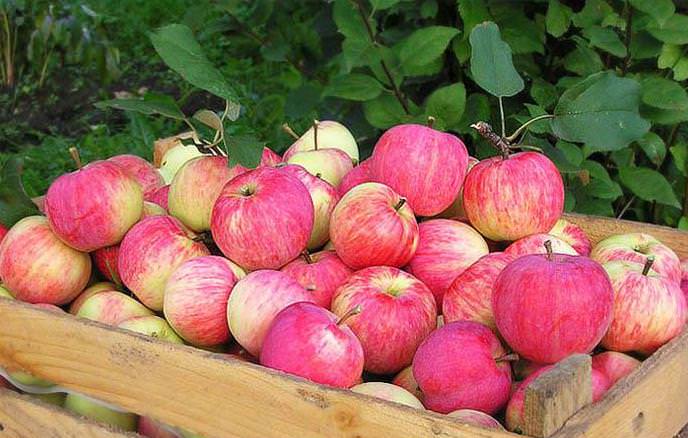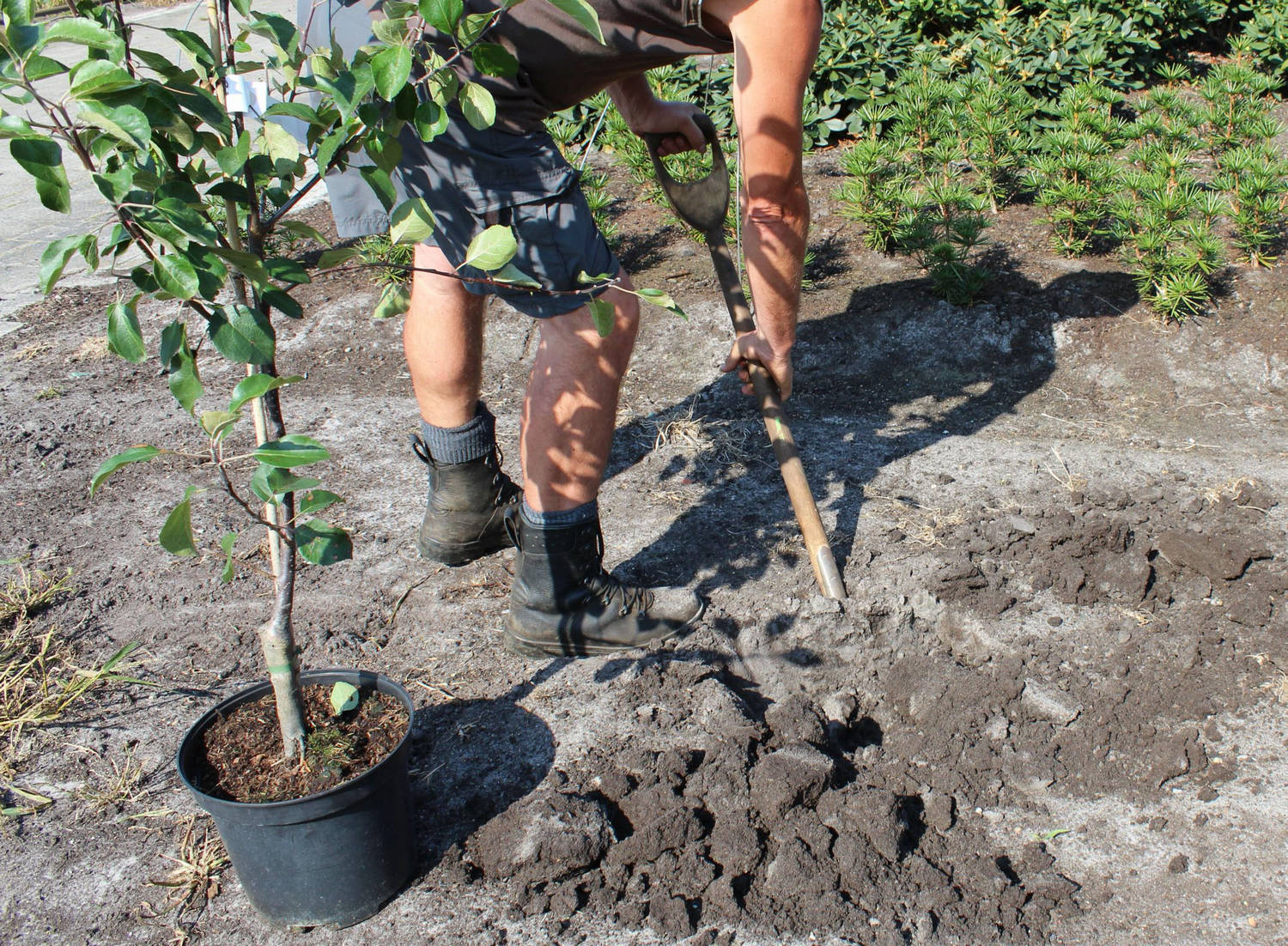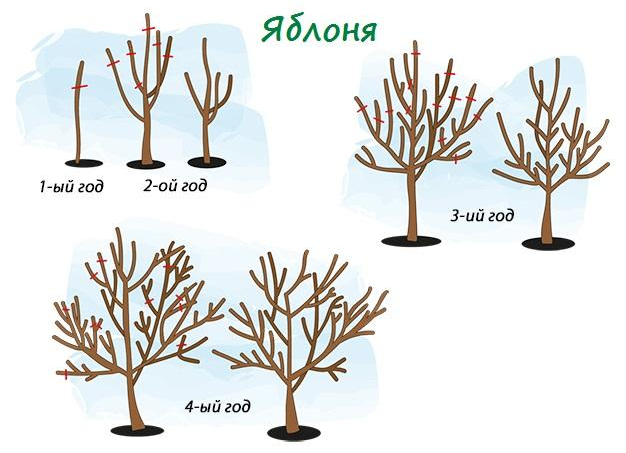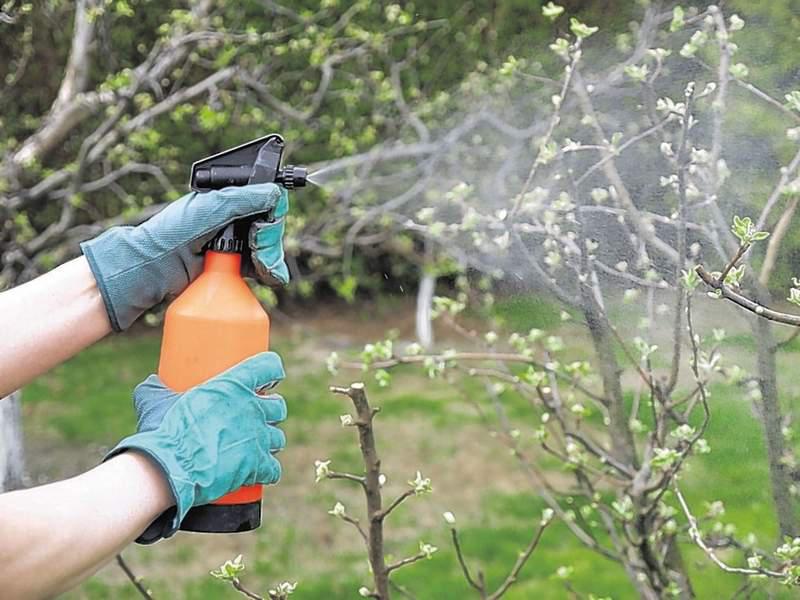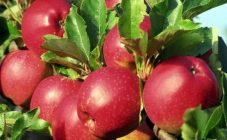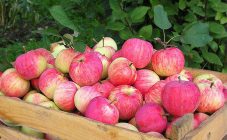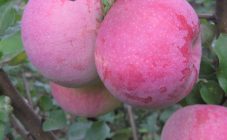Content:
The most common fruit tree in Russia is the apple tree. It tolerates difficult climatic conditions well and pleases summer residents with fragrant fruits of different sizes and tastes. When choosing a variety, you need to focus on your own taste preferences: sour or sweet fruits, crunchy or grainy pulp, fresh apples or fruits for processing. The varietal variety is very large and is constantly expanding, thanks to continuous selection work. At the same time, the old time-tested varieties do not lose their relevance.
One of the most popular varieties is Strifel apples. The variety appeared naturally by natural pollination. It is not known in what year this variety was discovered, and where exactly the variety originates. The apple tree Shtrifel was brought to Russia from the Baltic countries. In turn, she came to them either from Holland or from Germany. This variety received popular love for the highest taste and quick adaptability to the climate, because apple trees quickly take root even in the northern regions.
Characteristics and features of the variety
Apple tree Shtrifel is a powerful, spreading tree. Its crown reaches 9 m in diameter and the same height. The branches of the tree are very large, with age they bend to the ground under their own weight. A lot of shoots are formed on the branches, both fruit and leaf. The leaves are large and convex, their upper part is rough due to pronounced veins, and the reverse side is fluffy due to the villi. Fruits are pinkish outside with characteristic stripes. The peel is thin, covered with a waxy film. In section, the pulp has a creamy yellow tint with a pinkish core.
The Shtrifel variety is characterized by high frost resistance. It has been noted that the tree tolerates temperatures down to -40˚C and below well. Even if some branches freeze, the plant fully recovers in 2-3 seasons and continues to bear fruit at the same level. Tree buds are also resistant to low temperatures, which means that spring frosts will not ruin the crop.
Description of apple variety Shtrifel
| Characteristic | Index |
|---|---|
| Productivity of 1 tree | 200 - 300 kg |
| Fruit weight | 80 - 110 g (maximum 200 g) |
| Tree height | Up to 9 m |
| Taste qualities | 4.5 points out of 5 |
| Sugar content | 0.1 |
| Ripening period | 3 - 3.5 months |
Agricultural technology of cultivation
In general, the process of planting and growing a variety is no different from most others. At the same time, there are nuances, the observance of which allows you to get a stable healthy harvest.
Consider the description of the basic rules of care at the apple tree Shtrifel. Among all agrotechnical methods, special attention should be paid to the organization of pollination, watering, pruning and feeding.
Pollinating neighbors
This variety is not self-fertile, so it is worth preparing neighbors-pollinators for it in advance.The difficulty lies in the fact that the tree needs at least 3 pollinators. Apple trees Shtrifel have very large parameters and take up a lot of space on the site, so not every summer resident can afford to place a large-sized tree with three neighbors in his garden. If there is such an opportunity, then Antonovka, Slavyanka, Welsey, Papirovka and others are best suited as pollinators.
Watering
There are 3 main periods when soil moisture is essential:
- Bloom;
- Increasing the mass of fruits;
- Replenishment after the season (usually in October, before the onset of frost).
If a dry summer is established in the region, then the apple trees need to be watered once every 1.5-2 weeks.
Watering volume is also very important. For plants up to 3 years old, the watering rate is 50 liters for each tree. For adult apple trees, the standard is doubled. The apple tree tolerates watering with a hose well. To do this, the hose is placed in the area of the trunk circle and a weak pressure of water is created so that it slowly spreads along the ground and has time to be absorbed.
Pruning
Another extremely important point of care, since apple trees grow very quickly, which is why the crown thickens strongly. Rejuvenation of trees by pruning significantly increases the period of fruiting. The formation of the crown begins from the first year of planting a seedling on the site. Most often, they use the sparse-tiered method. In the fifth year of the plant's life, the crown will have 4 tiers of 5 main branches each. This is the final crown appearance. All subsequent years must adhere to this type. Over the years, additional shoots of the second and third order will develop on the main branches. They will make up the bulk of the fruit-bearing branches. Formative pruning for an adult tree involves removing branches that grow deeper into the crown.
Top dressing
Due to the fact that the tree itself is gigantic, it is necessary to organize a constant supply of nutrients, otherwise the apple tree will not have enough strength to grow and produce fruits. Be sure to feed the apple trees in autumn and spring. Both organic matter and mineral complex, and even natural fertilizers (green manure) are suitable as fertilizers. In the spring, the apple tree needs nitrogen fertilization. You can simultaneously fertilize with organic fertilizers (compost, rotted manure) and add nitrogen-containing elements. Before flowering, the apple tree can be sprayed with a solution of copper sulfate or boric acid. In autumn, it is necessary to replenish the loss of nutrients after fruiting and add potassium (25 g / m2), phosphorus (50 g / m2) and humus (50 liters per tree).
Diseases and pests
Apple tree Strifel is susceptible to scab disease. This is a fungal infection that spreads actively in rainy weather. Leaves and fruits are covered with rough gray-brown spots. As a preventive treatment, kefir solution can be used, because lactic bacteria destroy fungal spores. An effective remedy is spraying with a 1% solution of potassium permanganate. Preventive treatments are carried out every 2 weeks. If it rains constantly in the region, then processing can be done after each rain (if necessary). If preventive measures have not helped, and the plant has become infected with a fungus, it is necessary to apply drastic measures. Chemical treatments are needed, for example, Fitosporin, copper sulfate or Bordeaux liquid.
Apple harvesting and storage
You need to harvest in warm and dry weather. Even the presence of dew is unacceptable. The apples must be removed by hand, breaking off the stalks. Since the harvest cannot be stored for a long time, they begin to harvest it slightly immature, about 1.5 weeks before optimal ripening. Every 3 weeks after picking, apples must be sorted out, removing spoiled ones, as they spread rot to neighboring fruits. It is best to store the crop in a cool, dry place; you need to fold the apples so that they do not touch each other. For this, the layers are laid with a soft cloth or paper.
Advantages and disadvantages of the variety
| pros | Minuses |
|---|---|
| Frost resistance without loss of yield and without missing the season. Fully recovers in case of frostbite | Short shelf life - up to 2 months at room temperature and up to 3 months in a cold place |
| Long term productivity. If you follow the rules of care, the apple tree bears fruit up to 60 years | Needs a pollinator |
| Consistently high yield | Low immunity against scab |
| High marketability, keeping quality and transportability of apples, therefore the variety is suitable for growing for sale | Begins to bear fruit no earlier than 7 years from the moment of planting |
| The fruits are suitable for all processing methods | Poorly tolerates heat and drought, sheds leaves and bears less fruit |
| High adaptability to growing conditions | Difficulty access due to the large size of mature trees |
Shtrifel is an apple variety that has been known and loved by summer residents for many years. It is very versatile and quite easy to care for, as it is able to independently adapt to climatic conditions. The harvest has been plentiful over the years, the only drawback is that it cannot be stored for a long time, so apples must either be processed or sold.
